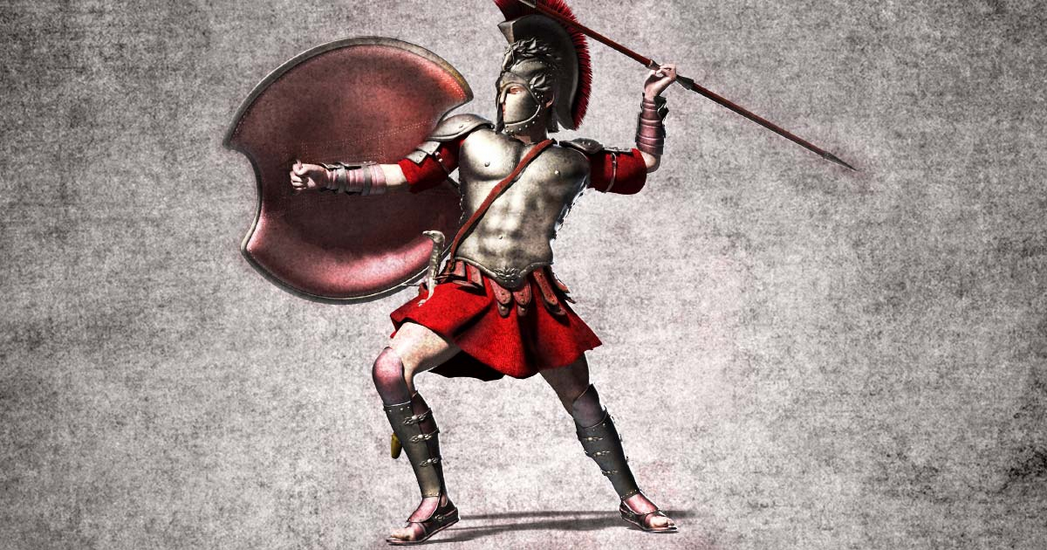When we think of manliness, images of rugged warriors and fearless gladiators often come to mind. However, history has its surprises, and one of the most fascinating twists in the realm of masculinity comes from ancient Greece – a time when wearing skirts was not just fashionable, but a symbol of unparalleled manliness.
The Skirted Spartans
In ancient Greece, particularly during the archaic and classical periods (circa 800-323 BC), skirts were an essential element of traditional Greek clothing for both men and women. Men’s attire included the chiton, a simple garment akin to a knee-length skirt made from a rectangular piece of fabric fastened with pins or buttons, and the himation, a large shawl worn over the chiton. This style was not only practical for the warm Mediterranean climate but also conveyed a sense of strength and power.
Crash into the Moon ends Russia’s Luna 25 mission
Warriors in Wisps
The iconic Spartans, known for their military prowess, were proud wearers of the periskelis – a short, belted skirt made from wool. This choice of attire was driven by a blend of practicality and symbolism. The periskelis allowed for ease of movement on the battlefield, granting the Spartan warriors an advantage in combat. Moreover, the choice to wear skirts reinforced their dedication to their military lifestyle and a rejection of luxury, aligning with the warrior ethos.
Continue here: Ancient Origins
Ask me anything
Explore related questions





